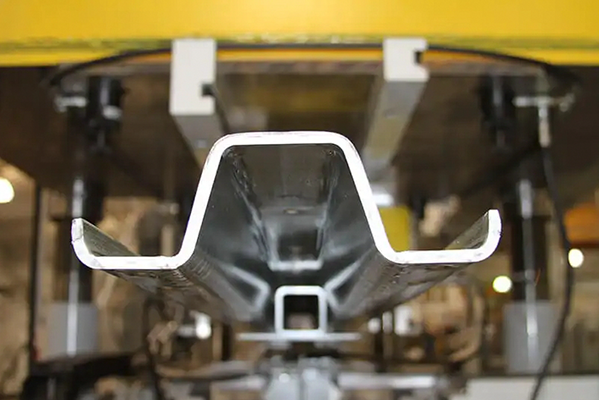Navigation Menu
Contact Us
- Email:
- info@wxavatar.com
- Address:
- Yurong Village, Yuqi Street, Huishan District, Wuxi, China.
Release Date:Jun 21, 2025 Visit:55 Source:Roll Forming Machine Factory
Railroad equipment is essential for the safe and efficient operation of rail systems worldwide, but equipment standards are not always uniform across countries and regions. Different markets often follow unique technical specifications, regulatory requirements, and operational practices. So, how do these railroad equipment standards vary across global markets?

Regional Technical Specifications
Each country or region typically has its own set of technical standards for railroad equipment. These specifications may include differences in track gauge, braking systems, coupler types, and signal integration. For example, Europe commonly uses the UIC standards, while North America generally follows AAR (Association of American Railroads) guidelines. These regional differences affect how components are designed, produced, and applied in local rail networks.
Variations in Track Gauge
One of the most visible differences in global rail standards is track gauge — the distance between the inner sides of the rails. Standard gauge (1,435 mm) is widely used in many parts of the world, but countries like Russia, India, and Japan use different gauges for certain rail systems. Equipment manufacturers must adjust wheelbase sizes and bogie designs to match these variations, which can limit cross-border equipment compatibility.
Differences in Safety and Performance Requirements
Safety standards can also differ significantly between regions. Some countries require stricter crashworthiness standards, advanced braking systems, or additional fire protection measures in passenger trains. These regional safety priorities influence how railroad equipment is designed, tested, and approved for local use.
Certification and Approval Processes
Each market has its own certification systems for railroad equipment. In Europe, the certification process typically follows the Technical Specifications for Interoperability (TSI), while in China, approval is governed by the China Railway Certification Center. In North America, the Federal Railroad Administration (FRA) sets many of the regulations. These varied approval pathways can make it necessary for manufacturers to design region-specific equipment to meet each market's compliance requirements.
Electrical System Differences
For electric rail networks, the power supply standards also vary globally. Some regions use alternating current (AC) systems at different voltages and frequencies, while others rely on direct current (DC) systems. This requires manufacturers to develop electrical components that match each country's infrastructure, such as transformers, pantographs, and onboard power management systems.
Manufacturing and Material Preferences
Local standards may also influence the selection of materials, component sizes, and assembly techniques. Some markets prioritize local sourcing or specific quality certifications, which can affect procurement strategies and production methods for manufacturers operating internationally.

Conclusion
Railroad equipment standards vary significantly across global markets due to differences in track gauges, safety regulations, technical specifications, electrical systems, and approval processes. Manufacturers aiming to serve multiple regions must carefully adapt their designs to meet these diverse requirements. Understanding and complying with local standards is essential for companies seeking success in the international railroad equipment industry.